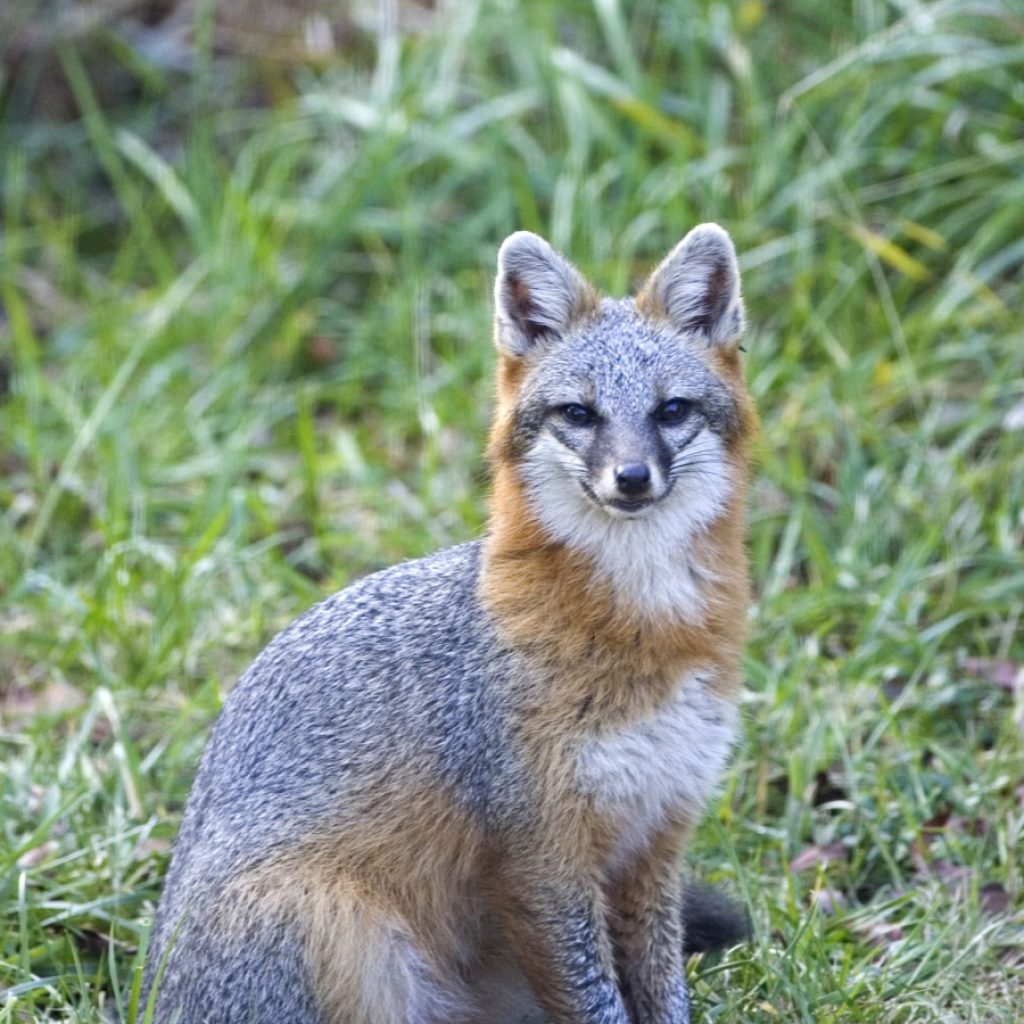
RALEIGH — Foxes are known to be sly, but that doesn’t necessary mean not seen. It’s breeding season and young foxes, called kits or pups, and their parents are spending more time outside of the den, making sightings more likely.
What does this mean if you see one, or if you find a den near your property? Extension Biologist Falyn Owens at the N.C. Wildlife Resources Commission offers several options.
“Foxes are well adapted to living around people and thrive in neighborhoods across North Carolina. If you spot a fox around your house or business, don’t be surprised – it has probably lived in the area for years. Foxes prefer to be left alone and to leave us alone, though they will happily take advantage of abundant food and shelter, even if it brings them close to people.”
Decks, raised porches, and crawlspaces offer protection from the elements and make them perfect locations for a fox pair to raise their young. This may be exciting if you enjoy watching wildlife and welcome the opportunity to view nature from your window, but not everyone welcomes these temporary tenants. The Wildlife Commission handles around 1,000 complaints every year about foxes, usually related to them denning under buildings or otherwise being too comfortable around humans. To reduce potential conflict between people and foxes, Owens offers these tips:
- Refrain from intentionally feeding foxes. They don’t benefit in the long term by handouts from humans.
- Close off crawl spaces under buildings, porches, and decks so foxes and other wildlife can’t use those areas for resting or raising young.
- Feed pets indoors or remove all food and dishes when your pet is finished eating outside.
- Install sturdy fencing around dog runs, chicken coops and rabbit pens to protect domestic pets and poultry.
- Walk your pets on a leash.
- Use bird feeders that keep spilled seed off the ground, or feed birds naturally by planting native flowers, shrubs and trees in your yard.
- Clear fallen fruit from around trees.
- Teach children to enjoy wildlife from a safe distance.
North Carolina is home to two species of foxes, the gray fox and the red fox. The gray fox is the state’s only native fox species; red foxes were originally imported from Europe. They are both relatively small canids – about the size of a house cat – though red foxes have longer legs that make them look larger than their gray cousins. Unlike red foxes though, gray foxes are talented tree climbers, making them seem even more cat-like. In summer, both foxes trade a thick, luxurious winter coat for a much shorter summer coat that makes them appear sleek or “scrawny” by comparison.
Both species are found throughout the state, including in urban areas and suburbs. As with other wildlife species, foxes are very adaptable and often find residential areas to be excellent places to live and raise their young.
If a fox has established a den near your home and it’s too close for comfort, there are several ways you can encourage it to leave on its own — no trapping required.
Humane deterrence options include:
- Visual: Place a spotlight or strobe light on the ground, pointed toward the den entrance.
- Audio: Play talk radio next to the den at high volume or frequently make loud noises in the immediate area.
- Physical: Install a motion-activated sprinkler near the den entrance or throw small objects in the adult foxes’ direction to assert that their presence won’t be tolerated.
It is illegal to relocate foxes in North Carolina, in part to prevent the unintentional spread of disease. As a result, any removals require that the animal be humanely euthanized.
Foxes only use a den while raising their young, so once the kits are old enough to fend for themselves – usually by mid to late summer – they will abandon the den and move on.
“It’s helpful to think of the den as a crib or nursery; adult foxes don’t use them,” Owens said.
For more information, read the Commission’s “Coexisting with Foxes” resource. For questions regarding human interactions with foxes or other wildlife, visit ncwildlife.org/Have-A-Problem.


